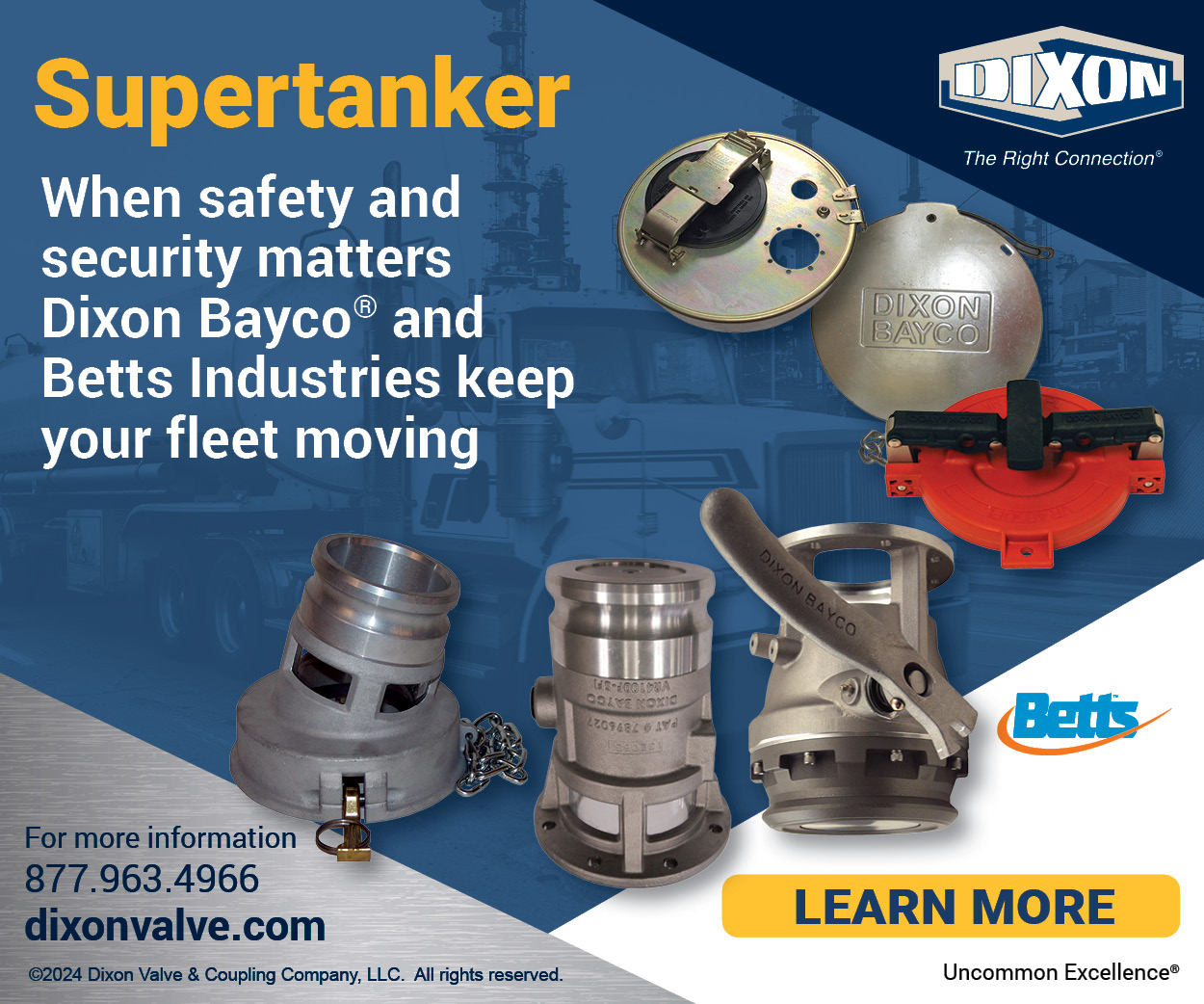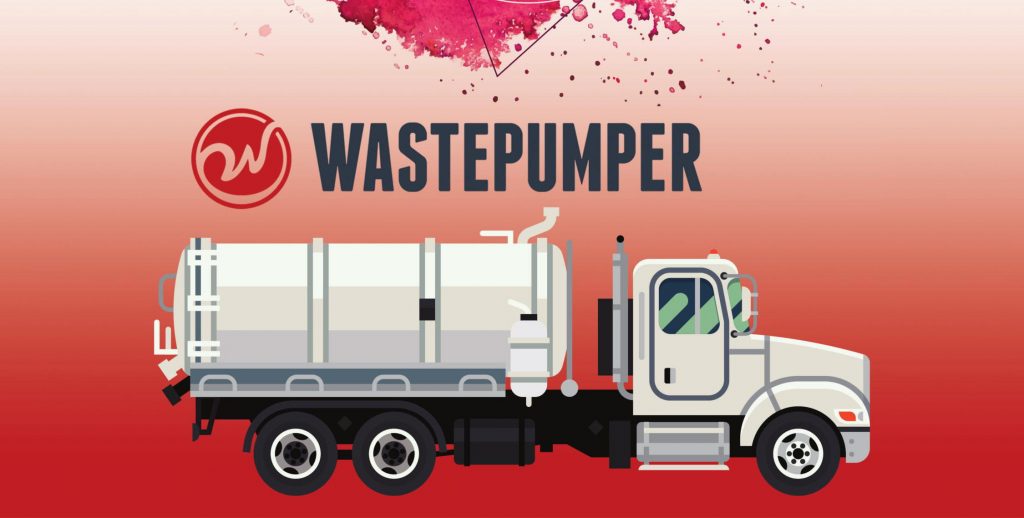
Proper tire inflation: The cornerstone of fleet safety and efficiency in 2023’s trucking industry.
In 2023, Tire Inflation Safety remains a pivotal aspect of fleet management in the trucking industry. With evolving technologies and standards, understanding and implementing proper tire inflation practices is key to ensuring fleet safety and efficiency. Discover the latest in Fleet Management by exploring our Fleet Management section.
Enhancing Trucking Safety through Tire Inflation
The Importance of Tire Pressure in Heavy Vehicles
Proper tire inflation ensures even road contact, reducing wear and enhancing safety, especially in commercial trucking. Understanding the dynamics of tire pressure is crucial for tire inflation safety.
Tires as Pressure Vessels in Commercial Trucking

Tires as pressure vessels: Precision in inflation ensures peak performance and safety on the road
In the trucking industry, tires function as pressure vessels, requiring precise pressure levels different from the ambient environment. Accurate tire pressure monitoring is essential for optimal performance and safety.
Temperature Considerations in Tire Inflation
Tire manufacturers typically set tire pressure based on a standard reference temperature of 65 degrees Fahrenheit. This standard is crucial for trucking fleets, especially when setting cold inflation pressure for trucks operating in temperatures below 55 degrees or above 77 degrees.
Enjoying our insights?
Subscribe to our newsletter to keep up with the latest industry trends and developments.
Stay InformedOSHA’s Standards and Truck Tire Safety
According to OSHA, a flat tire is defined as one that is underinflated at 80% or less of its recommended pressure. Regular tire pressure checks are essential for trucking fleets to ensure compliance and safety.

From cost savings to environmental sustainability: The far-reaching impacts of optimal tire inflation in trucking.
Tire Inflation Safety: Best Practices for Trucking Fleets
Advanced Tire Inflation Techniques for Trucks
- Utilize advanced clip-on air chucks with extended hoses for truck tires, enhancing safety during inflation.
- Implement remote inflation systems with the valve core removed for precise pressure adjustments in heavy-duty tires.
- Ensure efficient air release with high-quality dump valves in truck tires, preventing overinflation.
- Never inflate a tire with an inflation pressure more than 20 percent lower than its cold standard pressure to avoid tire damage.
Safety Protocols During Tire Inflation in Trucks
- Employ safety cages or restraining devices during inflation of truck tires to protect against potential tire bursts.
- Maintain a safe distance from the trajectory zone during sudden air releases in truck tires to ensure technician safety.
Technological Advancements in Tire Pressure Monitoring for Trucks
Real-Time Tire Pressure Data for Trucks

Real-time tire pressure data: Revolutionizing how trucking fleets approach tire safety and maintenance. (Dana Optimized Tire Pressure System)
Modern tire pressure monitoring systems provide real-time data, essential for maintaining optimal tire pressure and preventing underinflation in trucking fleets. Explore the role of Real-Time Monitoring in tire safety.
The Role of Automatic Tire Inflation Systems in Trucking
2023 sees the rise of ATIS and TPMS as indispensable tools for continuous tire pressure monitoring in trucks, crucial for maintaining tire inflation safety. Discover the latest advancements in Automatic Tire Inflation Systems.
Nissan’s Easy-Fill Tire Alert System in Trucks
Nissan’s Easy-Fill Tire Alert system, while more common in passenger vehicles, represents a significant advancement in tire inflation technology that could benefit trucking fleets by ensuring properly inflated tires for enhanced safety and fuel efficiency.
Comprehensive Guides on Truck Tire Maintenance
Resources from the Technology and Maintenance Council and the Tire Industry Association provide extensive guidance on tire inflation, wear, and repair procedures for trucking fleets, aligning with the latest safety standards.
Economic and Environmental Impact of Tire Inflation in Trucking
Cost Savings through Proper Tire Inflation in Trucks

Advanced tire inflation techniques: The secret to extending the life and performance of truck tires. (Spicer® central tire inflation system)
Proper tire inflation is a critical factor in reducing operational costs in trucking. Well-maintained tires contribute to fuel efficiency and lower the frequency of tire replacements in heavy-duty vehicles. Learn more about enhancing Fleet Efficiency through proper tire management.
Reducing Carbon Footprint in Trucking through Tire Inflation
Optimal tire inflation in trucks contributes to reduced carbon emissions, aligning with environmental sustainability goals. Efficient tire management is a step towards eco-friendly trucking operations.
Preventing Accidents in Trucking through Tire Safety
Maintaining correct tire pressure is crucial in preventing accidents in the trucking industry. Underinflated or overinflated tires can lead to decreased vehicle control and increased risk of tire failure in heavy vehicles.
Legal Compliance and Tire Safety in Trucking
Adhering to tire inflation standards is not only a safety measure but also a legal requirement in trucking. Compliance with regulations like those set by OSHA ensures trucking operations are within legal parameters.
Future Trends in Tire Technology for Trucking
Innovations in TPMS for Trucks
Emerging technologies in TPMS are set to offer more precise and real-time data, enhancing the ability to maintain optimal tire pressure in trucking fleets.
AI and IoT in Truck Tire Maintenance
Artificial intelligence and the Internet of Things (IoT) are poised to revolutionize tire maintenance in the trucking industry, with predictive analytics aiding in preemptive tire care and inflation adjustments.
Key Strategies for Optimal Tire Inflation Safety in Trucking
Tips and Key Elements:
- Regular Tire Pressure Checks: Implement routine checks to ensure tires are inflated to the manufacturer’s recommended levels. This is crucial for maintaining tire health and vehicle safety.
- Use of Advanced Monitoring Tools: Employ tire pressure monitoring systems (TPMS) and automatic tire inflation systems (ATIS) for real-time tire performance data and automatic adjustments.
- Adapt to Environmental Conditions: Adjust tire pressure based on load, speed, and ambient temperature changes. This is especially important for trucks operating in varying climatic conditions.
- Safety First During Inflation: Always use safety cages or restraining devices when inflating tires. Stay clear of the trajectory zone to avoid accidents during sudden air releases.
- Compliance with Legal Standards: Adhere to OSHA tire standards and other regulatory guidelines to ensure legal compliance and enhance safety.
- Embrace Technological Advancements: Stay updated with the latest developments in tire pressure technology, such as AI and IoT integration, for predictive maintenance and efficiency.
- Educational Resources: Utilize guidebooks and resources from authoritative bodies like the Technology and Maintenance Council and the Tire Industry Association for up-to-date information and best practices in tire maintenance.
- Preventive Maintenance: Regularly inspect tires for signs of wear and damage. Early detection and repair can prevent accidents and extend tire life.
- Training for Fleet Personnel: Ensure that drivers and maintenance staff are well-trained in tire safety protocols and the latest tire maintenance technologies.
Further Reading: Enhancing Your Knowledge on Truck Tire Inflation Safety
- Following OSHA Truck Tire Mount, Demount, and Inflation Procedures: Tire Review’s article offers a comprehensive look at OSHA’s procedures related to truck tire safety, which is highly relevant to the section discussing OSHA standards. Learn more here.
- How to Prevent Truck Tyre Inflation Accidents: Martins Industries provides valuable tips on preventing accidents during truck tire inflation, complementing the safety tips in the article. Check out the guide.
- Airing on the Side of Safety: Heavy Duty Trucking magazine discusses the importance of safety in tire inflation, which is a key theme of the article. Read the full article.
- USDOT Tire Advisory Card: This official document from the FMCSA provides guidelines on tire inflation and safety, offering authoritative information relevant to the article. View the advisory card.
- Tire Inflation Pressure – Tire Industry Association: This resource offers a detailed overview of tire inflation pressure, which is central to the article’s topic. Explore the information.




















